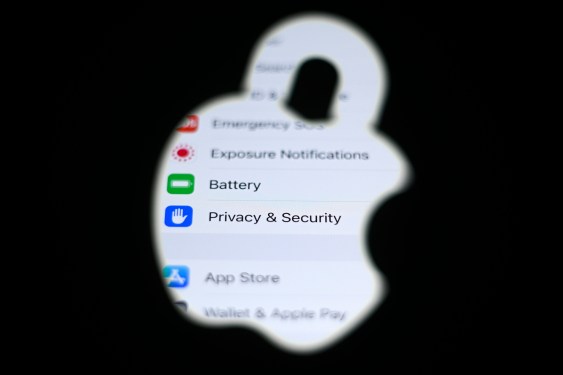Cybersecurity Researcher, Jeremiah Fowler, discovered and reported to vpnMentor about a non-password-protected database that contained more than 1.1 million records belonging to Conduitor Limited (trading as Forces Penpals) — a service that offers dating services, and social networking for military members and their supporters.
The publicly exposed database was not password-protected or encrypted. It contained a total of 1,187,296 documents. In a limited sampling, a majority of the documents I saw were user images, while others were photos of potentially sensitive proof of service documents. These contained full names (first, last, and middle), mailing addresses, SSN (US), National Insurance Numbers, and Service Numbers (UK). These documents also listed rank, branch of the service, dates, locations, and other information that should not be publicly accessible.
Upon further research, I identified that the records belonged to Forces Penpals, a dating service and social networking community for military service members and their supporters. I immediately sent a responsible disclosure notice, and public access was restricted the following day. It is not known how long the database was exposed or if anyone else gained access to it. Only an internal forensic audit could identify additional access or potentially suspicious activity. I received a response from Forces Penpals after my disclosure notice stating: “Thank you for contacting us. It is much appreciated. Looks like there was a coding error where the documents were going to the wrong bucket and directory listing was turned on for debugging and never turned off. The photos are public anyway so that’s not an issue, but the documents certainly should not be public”. It is not known if the database was owned and managed by Forces Penpals directly or via a third-party contractor.
According to their website, the service operates social networking and support for members of the US and UK armed forces. It claims to have over 290,000 military and civilian users. Founded in 2002, Forces Penpals allowed UK citizens to write to soldiers on active duty in Iraq or Afghanistan.
[…]
Source: US and UK Armed Forces Dating & Social Networking Service Exposed Over 1 Million Records Online













